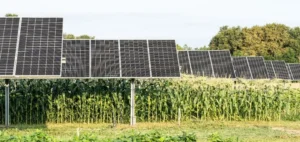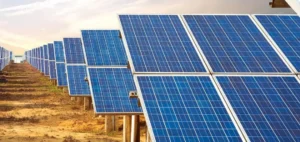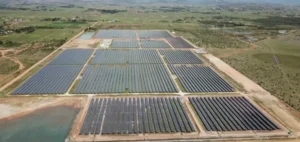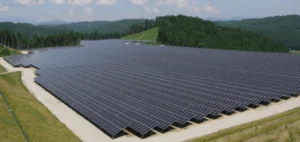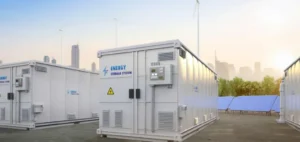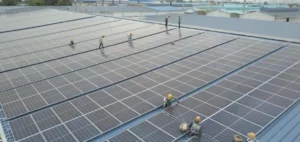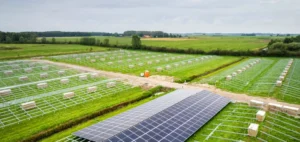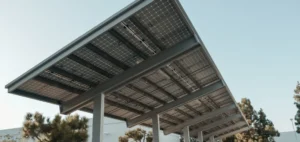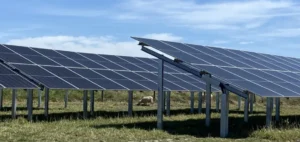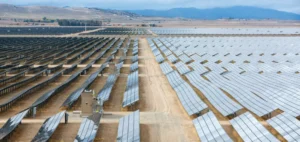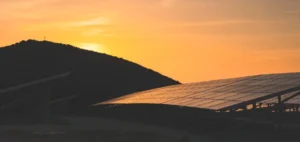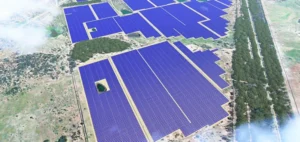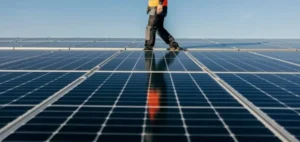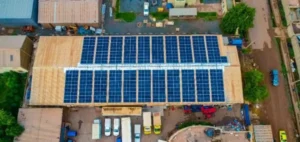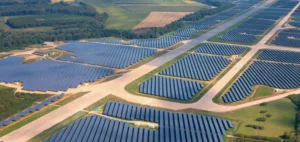Ascent Solar Technologies has entered into a memorandum of understanding with Star Catcher Industries to develop joint energy solutions for space environments. The collaboration aims to integrate Ascent’s thin-film photovoltaic panels with a wireless energy transmission system developed by Star Catcher to power satellites directly in orbit.
Star Catcher is developing a first-of-its-kind satellite-to-satellite energy transmission service. This system enhances the energy capacity of onboard solar modules without requiring hardware modification. According to projections, operators could see a five- to ten-fold increase in available power. By combining this with Ascent’s flexible solar technology, clients are expected to benefit from a more stable and efficient power supply for orbital missions.
Continuous energy supply for satellites
The agreement outlines several areas of collaboration, including enhanced energy provision for Ascent’s existing customers. The integration aims to ensure uninterrupted power, even during demand peaks or interruptions such as eclipses. Star Catcher’s system would thus provide energy redundancy, a key element for satellite operators seeking mission security under all conditions.
The two companies will also explore bundled offerings for mutual clients, combining Ascent’s photovoltaic systems with Star Catcher’s power augmentation technology. Ground-based and in-orbit demonstration missions are planned to test compatibility and validate performance in operational settings.
A strategy focused on orbital development
The shared objective is to deliver energy solutions that address the growing demand for reliable satellite power supply. Ascent’s technology, designed for its lightness and flexibility, is naturally suited for integration with Star Catcher’s infrastructure, which is aimed at increasing satellite energy autonomy without structural changes.
Ascent Solar Technologies Chief Executive Officer Paul Warley stated that the agreement represents “a major opportunity to address joint mission objectives while expanding access to high-performance solar solutions in orbit.”



